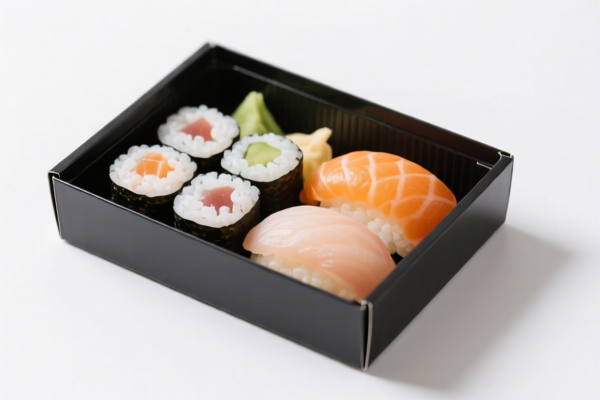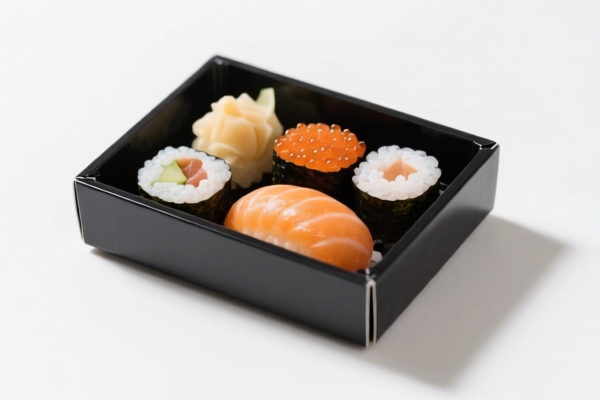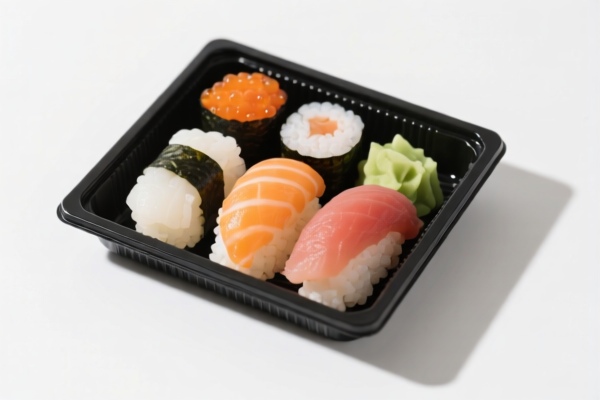| HS Code | Official Doc | Tariff Rate | Origin | Destination | Effective Date |
|---|---|---|---|---|---|
| 4202999000 | Doc | 75.0% | CN | US | 2025-05-12 |
| 4202929100 | Doc | 72.6% | CN | US | 2025-05-12 |
| 4205000500 | Doc | 57.9% | CN | US | 2025-05-12 |
| 4205008000 | Doc | 55.0% | CN | US | 2025-05-12 |
| 9503000090 | Doc | 30.0% | CN | US | 2025-05-12 |
| 9503000071 | Doc | 30.0% | CN | US | 2025-05-12 |
| 9620005000 | Doc | 60.3% | CN | US | 2025-05-12 |
| 9620005500 | Doc | 58.3% | CN | US | 2025-05-12 |
| 9601908000 | Doc | 41.2% | CN | US | 2025-05-12 |
| 9601902000 | Doc | 37.5% | CN | US | 2025-05-12 |
| 4601920500 | Doc | 57.7% | CN | US | 2025-05-12 |
| 4601990500 | Doc | 57.7% | CN | US | 2025-05-12 |
| 4602190500 | Doc | 60.0% | CN | US | 2025-05-12 |
| 4602191200 | Doc | 60.8% | CN | US | 2025-05-12 |
| 3923102000 | Doc | 55.0% | CN | US | 2025-05-12 |
| 3923109000 | Doc | 58.0% | CN | US | 2025-05-12 |
| 3924104000 | Doc | 33.4% | CN | US | 2025-05-12 |
| 3924102000 | Doc | 44.0% | CN | US | 2025-05-12 |




寿司盒
寿司盒 (sushihako) refers to a container, typically a box-shaped vessel, used for presenting and serving sushi. While seemingly simple, sushi boxes vary considerably in material, construction, and purpose.
Materials
- Wood: Traditionally, sushi boxes were crafted from wood, particularly hinoki (Japanese cypress) and kiri (paulownia). These woods are favored for their aroma, aesthetic qualities, and ability to absorb excess moisture, preventing the sushi from becoming soggy. Wood boxes are often lacquered to enhance durability and appearance.
- Plastic: Modern sushi boxes are frequently made of plastic, offering cost-effectiveness, lightweight properties, and disposability. Different types of plastic are used, ranging from polystyrene (styrofoam) to polypropylene.
- Paperboard/Cardboard: Disposable paperboard boxes are common for takeout and delivery, often with a plastic film lining to prevent leakage.
- Combination Materials: Some boxes utilize a combination of materials, such as a wooden base with a plastic lid, or a paperboard box with a wooden insert.
Purpose and Function
The primary function of a sushi box is to contain and present sushi attractively. Beyond basic containment, sushi boxes serve several purposes:
- Portability: Enables easy transport of sushi for takeout or delivery.
- Temperature Maintenance: Some boxes, particularly those with lids, help maintain the sushi’s temperature.
- Aesthetic Presentation: The box itself contributes to the overall dining experience, with designs ranging from simple and minimalist to elaborate and decorative.
- Compartmentalization: Many boxes feature separate compartments to keep different types of sushi, and accompanying condiments (ginger, wasabi, soy sauce) distinct.
Usage Scenarios
- Takeout/Delivery: The most common application, allowing customers to enjoy sushi away from the restaurant.
- Bento Boxes: Sushi is frequently incorporated into bento boxes (Japanese lunch boxes), utilizing a dedicated compartment within the box.
- Restaurant Service: While less common than plates, sushi boxes are sometimes used for specific sushi sets or promotions within restaurants.
- Gift Presentation: Decorative sushi boxes are used for gifting sushi to others.
- Events & Catering: Used for serving sushi at parties, corporate events, and catered functions.
Common Types
- Disposable Plastic Boxes: The most prevalent type, available in various sizes and configurations. Often clear to showcase the sushi.
- Wooden Boxes (Magewappa): Crafted from thin strips of wood bent into shape. Known for their beautiful appearance and natural aroma. Often used for higher-end sushi sets.
- Lacquered Wooden Boxes: Wood boxes coated with lacquer for durability and a glossy finish.
- Paperboard/Cardboard Boxes: Affordable and lightweight, commonly used for takeout.
- Compartmentalized Boxes: Feature dividers to separate different sushi types.
- Tiered Boxes (Jubako): Multi-layered boxes, often used for special occasions or gift presentation. These boxes are more elaborate and visually appealing.
- Clamshell Boxes: Hinged plastic boxes that fold closed.
根据您提供的商品信息“寿司盒”,以下是根据提供的参考资料匹配到的HS编码及相关说明:
-
3923.10.20.00:塑料制成的用于半导体晶圆、光刻掩模或视网膜的特制或适合包装的盒子、箱子、容器等。
- 39 章:塑料及其制品。
- 23 类:塑料制成的包装制品,包括盒子、箱子、容器等。
- 10 子类:用于特定用途的包装制品,例如半导体晶圆、光刻掩模等。
- 20 子子类:特制或适合包装半导体晶圆、光刻掩模或视网膜的盒子、箱子、容器等。
-
3923.10.90.00:塑料制成的其他盒子、箱子、容器等。
- 39 章:塑料及其制品。
- 23 类:塑料制成的包装制品,包括盒子、箱子、容器等。
- 10 子类:用于特定用途的包装制品,例如半导体晶圆、光刻掩模等。
- 90 子子类:其他塑料制成的盒子、箱子、容器等。
-
3924.10.40.00:塑料制成的餐具、厨房用具、其他家用物品和卫生或厕所用品等。
- 39 章:塑料及其制品。
- 24 类:塑料制成的餐具、厨房用具、其他家用物品和卫生或厕所用品等。
- 10 子类:餐具和厨房用具。
- 40 子子类:其他塑料制成的餐具和厨房用具。
根据提供的参考资料,关于HS编码3923.10.20.00,请注意需要验证[半导体晶圆、光刻掩模或视网膜]的材料,可能需要[相关认证]。
Customer Reviews
我对HS编码和关税率的信息详细程度印象深刻。在出口塑料门时,这为我节省了很多时间和困惑。
这个网站有帮助,但我发现信息对国际贸易新手来说有点过于技术化。一份入门指南会很有用。
对于处理塑料建筑材料的人来说,这是一个很好的资源。HS编码细节和关税信息易于理解和使用。
关税率部分非常有帮助。我能够快速计算出我货物的额外成本。
这个网站帮助我理解了塑料门的贸易法规。HS编码3925的分解正是我出口业务所需要的。